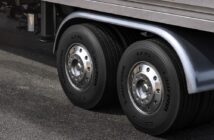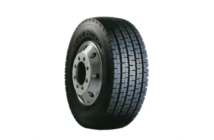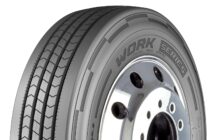Michelin is about to see the race debut in the FIA World Endurance Championship of its racing tire for the newly created Le Mans Hypercar class – a tire that was developed almost entirely virtually.
These cars are very different to their predecessors, weighing in at a hefty 1,030kg (compared to approximately 870kg for the previous LMP1 class) and the manufacturer has had to accommodate both rear-wheel drive only and all-wheel drive platforms (with hybrid systems in the latter case).
“The development of these tires was something of a challenge,” observed Pierre Alves, manager of Michelin’s WEC program. “We had to work quickly and closely with the constructors, but without access to the actual cars. All we could use was simulation software. The Hypercars are technically very different to the LMP1s we have been accustomed to in recent years. To begin with, they are heavier and less powerful, although the power output of their internal combustion engines is higher and the amount of electric power delivered by the hybrid cars has come down. Despite being heavier, their top speeds are the same, however, while their aerodynamics are less complex, with only a single configuration authorized for the entire season, compared with two previously.
“The teams have consequently had to find a compromise that generates little downforce at fast circuits and less downforce at the slower venues. At the end of the day, these cars put more constraints on their tires and the phenomenon of wear is more marked. All of these constraints needed to be taken on board, but we have them all covered.”
As a result of having no physical cars to test with, the majority of development work had to be conducted in the virtual domain, with track tests only occurring in the final sign-off phase, which included 30-hour tests (on multiple tire sets) with Toyota at the Le Castellet circuit in the south of France. “We were fortunate in that we had poor weather for this,” remarked Alves. “The damp and cold enabled us to validate the work accomplished in-house in extreme conditions.” In the past, the process would be more iterative, combining previous experience with simulator work, rig testing and track sessions.
The company has also introduced a range of new wet weather tires featuring revised compounds, though notably, its H compound wet weather tire, much lauded when introduced as it made it possible to run on slicks in damp and drying conditions, has not been carried over.
Instead, following changes to the regulations, teams can choose between a new drying wet option that covers a broad temperature window in damp or drying conditions and a full wet for heavier rain or standing water. These tires were developed jointly to cover all the weather scenarios likely to be encountered at European and non-European races. The regulations restrict the number of wet-weather compounds to two.




